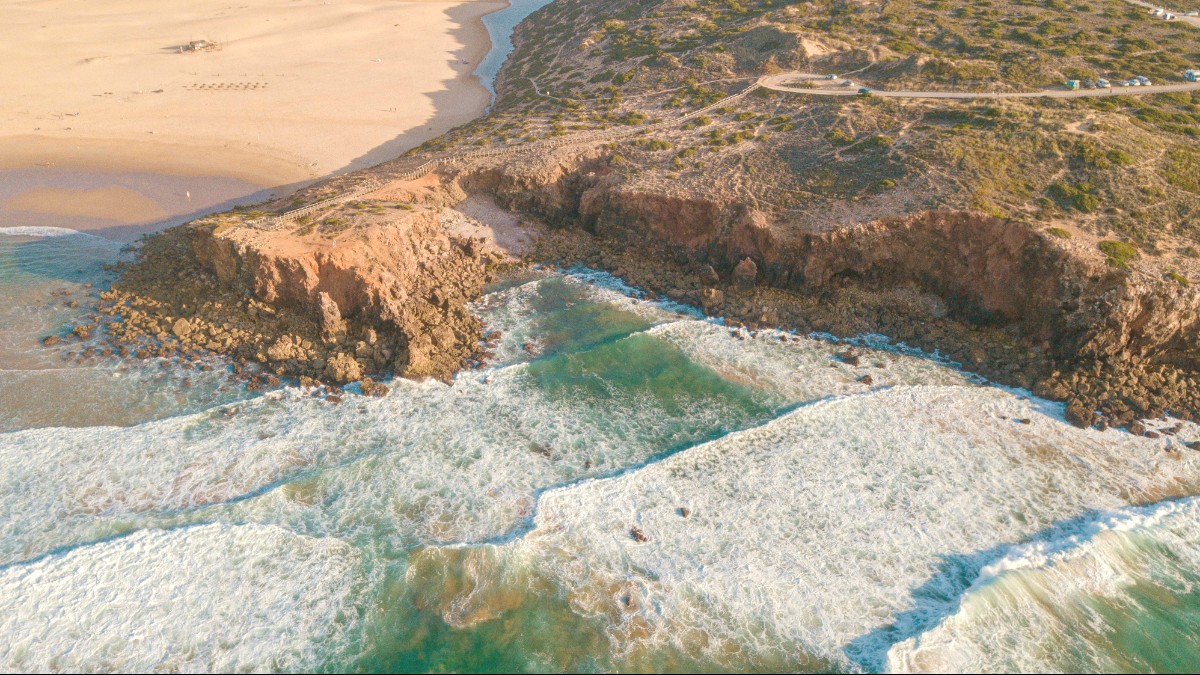
Southeast England, England
From ancient castles to dramatic coastal formations, each location tells an unique story.
Visitors discover both iconic attractions and quieter, less-traveled spots across the island, providing varied experiences for all interests.
Visit popular attractions early morning, late afternoon, or during the off-season to avoid large crowds.
Preserves the remains of a Roman villa with impressive mosaic floors and interactive exhibits, presenting a window into Roman life.
Several small independent galleries exist in towns like Cowes, Yarmouth, and Ventnor, demonstrating the work of local artists. Quay Arts in Newport serves as a significant arts center.
Medina Theatre (Newport) hosts live music and theater. Shanklin Theatre presents a varied program. Quay Arts regularly hosts performances and exhibitions.
Check local listings for details on seasonal exhibits, concerts, or special events occurring during your visit.
These sites connect visitors with the island's artistic and historical narrative, enriching their trip.
The Isle of Wight's history spans millennia, leaving behind numerous sites that tell its story.
Brading Roman Villa: Explore the extensive remains of this Roman villa, providing tangible links to the island's ancient past. Bembridge Fort: A Victorian coastal defense fort, now managed by the National Trust. It offers guided tours on specific days, revealing its military history.
Shanklin Old Village: A charming area known for its thatched cottages, traditional pubs, and a timeless atmosphere. Ventnor: Recognizable for its distinctive Victorian architecture, terraced gardens, and unique layout on a steep hillside. Cowes: A historic maritime town featuring a mix of Georgian and Victorian buildings, and home to the Royal Yacht Squadron.
Numerous historic churches dot the island, many dating back centuries. St. Thomas of Canterbury Church in Newport and St. Mildred's Church in Whippingham present architectural interest and a sense of continuity.
Tennyson Monument (Tennyson Down): A memorial to Alfred, Lord Tennyson, situated on high ground presenting panoramic views of the island and sea.
A historic lighthouse marking the island's southernmost tip, serving as a landmark and a reminder of maritime safety.
Fort Victoria Country Park (near Yarmouth): Contains the remains of a Victorian fort, now housing various attractions. Isle of Wight Military Museum (Cowes): A small museum dedicated to the island's military history.
Brading Roman Villa offers deep insights into Roman life and settlement on the island.
Osborne House is a testament to Queen Victoria's cherished island retreat.
The island's forts and museums chronicle its significant naval and military history.
The Isle of Wight's natural landscapes offer stunning beauty, from lush gardens to dramatic coastlines and diverse wildlife.
Ventnor Botanic Garden benefits from an unique microclimate, allowing subtropical plants to thrive. Appuldurcombe House offers extensive grounds. Parkhurst Forest is a large woodland area.
The Needles chalk stacks offer a dramatic natural spectacle. Tennyson Down provides spectacular coastal views. Freshwater Bay is characterized by dramatic chalk cliffs and arches.
Red Squirrels are abundant in Parkhurst Forest, Borthwood Copse, and along the Red Squirrel Trail. The island supports varied birdlife. Dolphins and seals occasionally appear during boat trips.
Compton Bay is famous for its exposed dinosaur footprints, visible at low tide, and its fossil-rich cliffs. Alum Bay is known for its multi-colored sand cliffs, a result of various geological layers. Impressive white chalk cliffs form the backbone of the island.
Discover more geological tours on GetYourGuide.comWide sandy stretches appear at Shanklin, Sandown, Ryde, Appley, Colwell Bay, and Compton Bay. Pebble/Shingle Beaches are at Freshwater Bay, Ventnor, and Steephill Cove. Newtown Creek functions as a nature reserve, and Bembridge Harbour provides a scenic waterway.
The Isle of Wight Coastal Path encircles the island, providing access to many of its dramatic coastal and natural features.
Many natural sites are protected, preserving their unique ecosystems and geological formations for future generations.
These natural settings provide ample opportunities for hiking, bird watching, photography, and simply enjoying the fresh air and stunning views.
Venture off the main tourist paths to discover the Isle of Wight's quieter, equally charming spots.
Discover spots rarely visited by typical tourists, alongside growing new destinations.
Maximize your visit to the Isle of Wight's attractions by considering these practical aspects.
Public transport, especially buses, connects many attractions. For flexibility, a car is often recommended.
Visitor numbers vary significantly by season and time of day. Plan accordingly for a comfortable experience.
Many attractions work to accommodate all visitors, with information often available on their websites.
Utilize available resources to deepen your understanding and navigate with ease.
These resources provide background context and enhance exploration.
Group nearby attractions to optimize travel time and explore efficiently.
Strategic planning allows for a comprehensive and enjoyable sightseeing experience.
The Isle of Wight features a wide array of attractions, from historical landmarks to stunning natural landscapes.
Whether exploring ancient sites or enjoying scenic views, the island offers memorable moments for every visitor.
Consider purchasing a "Heritage Pass" or similar multi-attraction ticket if you plan to visit several English Heritage sites, as this can offer savings.
Check the official English Heritage website for current pass options and pricing.